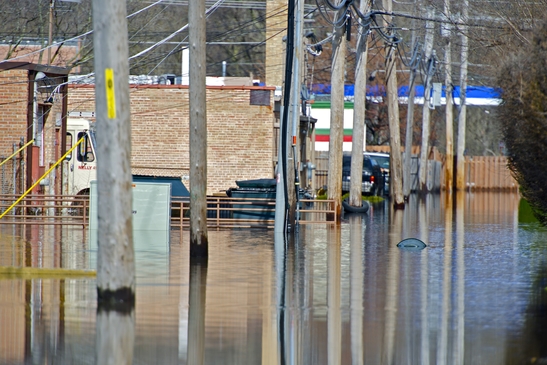It has been a few years since we have really had an El Nino in this country, but we are already in the midst of one for this winter season. El Nino means that different parts of the country are in for different and often severe weather patterns. What can you expect when it comes to you and your area?

What is El Nino?
El Nino means that the ocean is warmer than it usually is at this time of the year, specifically near the equator. The warming of the water here, which is an area about the size of the United States, means that the weather this winter will behave differently than it usually does. While an El Nino event usually only lasts a few months, it could last up to two years. This is a completely normal part of the earth’s weather patterns, with events like these happening in between every two to seven years.
What is going to happen?
There is less wind to push the warming water away, allowing the surface temperatures to raise up to three degree higher than normal. The water builds up and builds up, holding down the colder water. This warmer water then creates a pattern of moist air off the US coast, which creates a shift in weather patterns not just in the US, but across the entire world. This means that in the US, there will probably be much heavier rainfall in some parts of the world (South America), while there will be droughts in Asia, Africa, and India.
In America, we can expect a warmer than average winter, with more snow in the southeast, less snow in the Midwest, and much more snow in the northeast. The west coast is also likely to get much more rain than it usually does during this season.
What does this mean for me?
Most of the country is in for a warmer winter. If you live on the west coast, in the Midwest, or the northeast, you are likely to get higher temperatures than normal. The southeast, on the other hand, is going to see more snow than they usually do, and some colder temperatures, which could mean that winter crops might be damaged.









